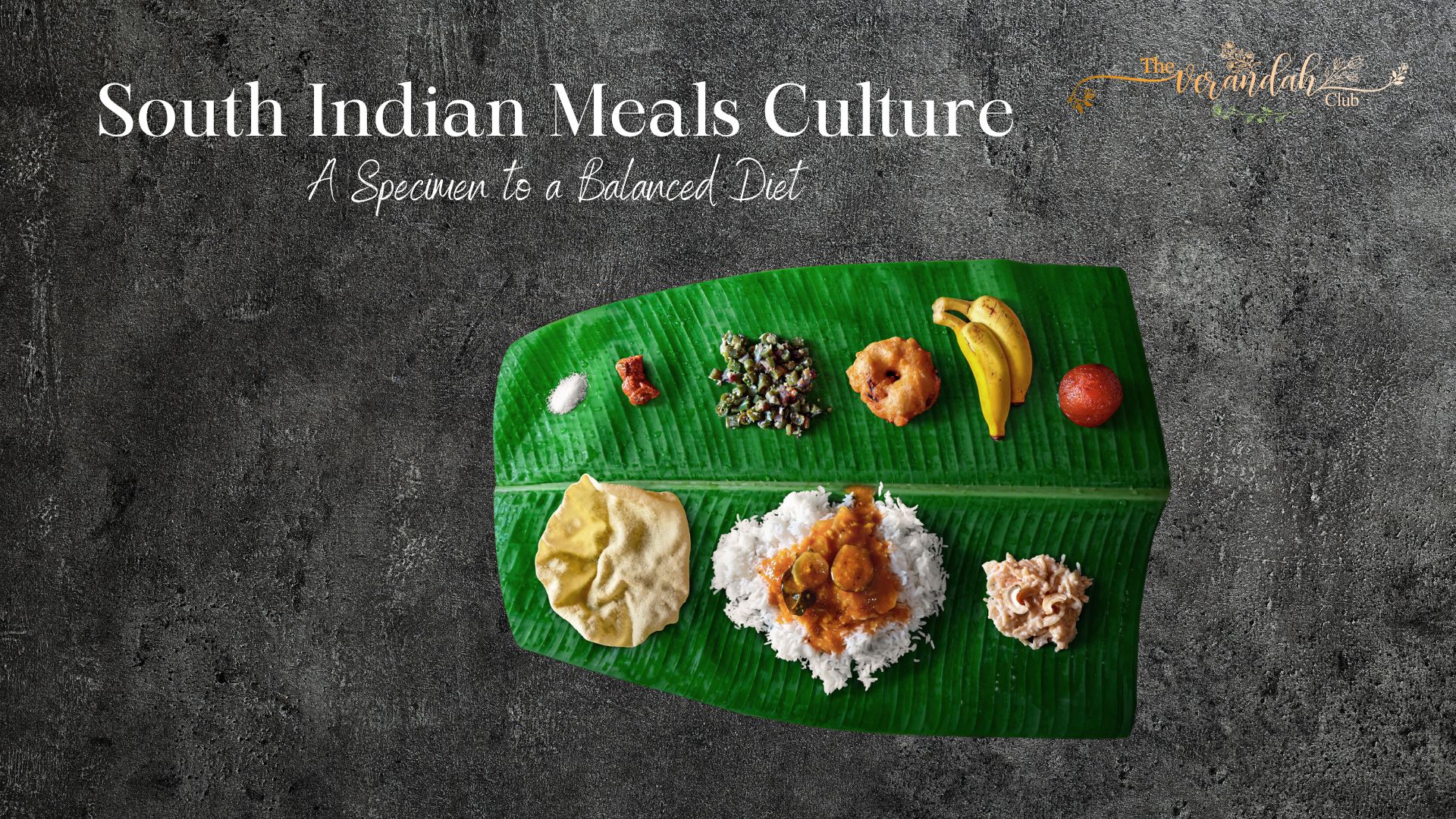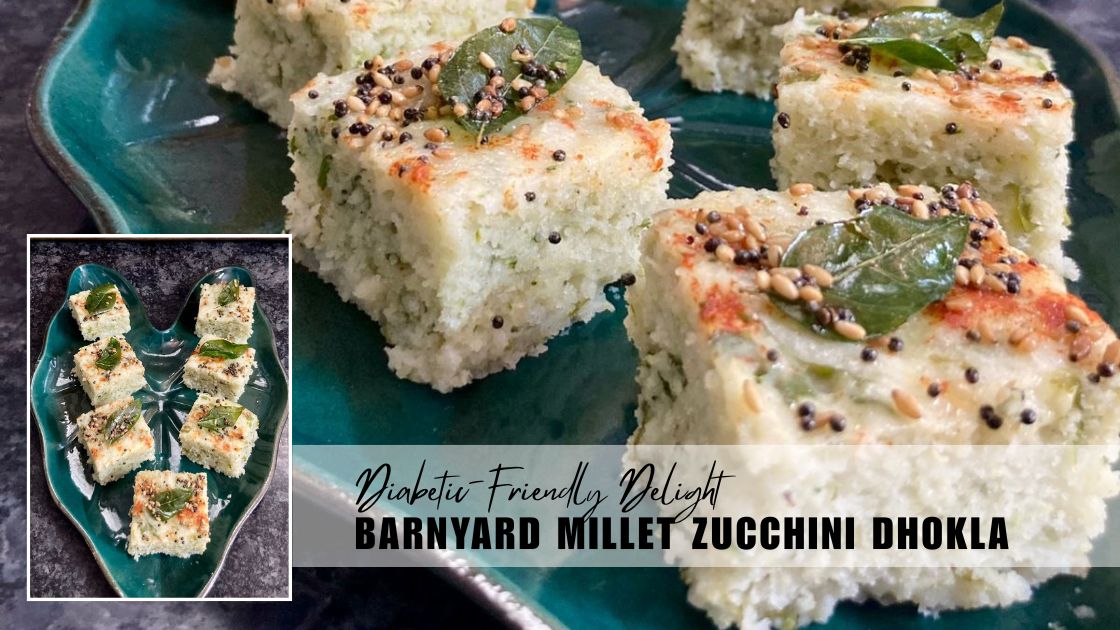
South India boasts a unique and delectable vegetarian full meals culture that has gained popularity not only for its irresistible taste but also for its remarkable nutritional balance. This cuisine is a harmonious blend of flavors, textures, and nutritional benefits, making it a delightful choice for those seeking a wholesome diet.
A Medley of Nutrients
One of the key features of South Indian full meals is its rich nutritional value. A typical South Indian meal comprises rice, various dals (lentils), vegetables, and an array of spices and condiments. This combination offers a balanced mix of carbohydrates, proteins, vitamins, and fiber. Let's break it down:
Rice: The staple of South Indian meals, rice is a great source of energy in the form of carbohydrates.
Lentils (Dals): Dals are packed with proteins, and their different types like toor dal, moong dal, and urad dal offer varying nutritional benefits.
Vegetables: A variety of vegetables such as okra, eggplant, and drumstick are incorporated, providing essential vitamins and minerals.
Spices and Condiments: South Indian cuisine is known for its use of spices like turmeric, coriander, and cumin, which not only enhance flavor but also offer health benefits.
Regional Diversity
South India is a diverse region with distinct states, and this diversity extends to its vegetarian cuisine:
Tamil Nadu: Known for its tangy tamarind-based dishes like Sambar, Tamil Nadu cuisine is a celebration of flavors and often has a spicy kick.
Kerala: With its abundant use of coconut and unique spices, Kerala cuisine is a treat for those who savor a slightly milder taste.
Andhra Pradesh: Famous for its fiery Andhra-style dishes, the cuisine is dominated by red and green chilies, offering a spicy punch.
Karnataka: Known for the classic Bisi Bele Bath and Rava Idli, Karnataka's cuisine beautifully combines the flavors of the state.
The South Indian Plate
A traditional South Indian meal is served on a banana leaf, and it's a visual delight. The meal typically includes rice, several types of vegetable curries or sambars, lentil-based rasam, yogurt, pickles, and a variety of crispy snacks like papad. It's well-balanced, satisfying, and provides a mix of flavors from spicy to tangy.
Vada and Payasam
Vada: A South Indian meal is incomplete without a crispy vada. These deep-fried lentil-based delights provide not only a delightful crunch but also a contrasting flavor to the meal. Vadas are made from urad dal, a type of lentil rich in proteins. These savory doughnuts are seasoned with spices like cumin and curry leaves, offering a mix of flavors to tantalize your taste buds.
Payasam: To satisfy the sweet cravings that often follow a sumptuous meal, South Indians serve payasam. This sweet dish, made from ingredients like rice, vermicelli, or lentils, is cooked in milk and sweetened with jaggery or sugar. The addition of cardamom and saffron infuses it with a rich aroma. Payasam is not just a sweet treat; it also serves as a source of energy due to its carbohydrate content.
The Science of Salt on Banana Leaves
The tradition of placing a pinch of salt on banana leaves holds both cultural and scientific significance. Scientifically, this practice is linked to the antimicrobial properties of salt. Banana leaves naturally contain polyphenols and other compounds that have antibacterial properties. When a pinch of salt is placed on the leaf, it enhances this effect by creating a mildly saline environment.
The Health Perspective
From a health standpoint, South Indian vegetarian meals are known for promoting digestion, managing weight, and controlling cholesterol levels. The use of spices like turmeric and asafoetida is believed to have medicinal properties.
Betel Leaf and Nut
After the hearty South Indian meal, it's customary to conclude with a betel leaf and nut. The betel leaf, known as "paan," is often filled with a combination of areca nut, slaked lime, catechu, and various flavorings, creating a fragrant and slightly bitter bite. This practice has cultural and digestive significance. Betel leaves are believed to aid in digestion, acting as a natural mouth freshener, and are often shared as a gesture of goodwill.
In conclusion, South Indian vegetarian full meals are not just about satiating the palate; they are a testament to the art of nutrition and culinary diversity. The balanced diet that South India offers in its distinctive states makes it an epitome of a culinary journey that caters to both the soul and the body. So, next time you savor a South Indian meal, remember, it's not just food; it's a gastronomic experience worth celebrating.
NEXT ARTICLE

A Culinary Awakening in Punjab: A Journey Through Flavors and Memories In my early days in the Air Force, I was a lanky figure—five feet ten, weighin...

Barnyard Millet Zucchini Dhokla is a wholesome, low-GI snack ideal for people managing diabetes. Made with barnyard millet flour—a gluten-free grain r...